
Blu-ray Review: The Larry Fessenden Collection
“We live as we dream: alone.”
Four tales of terror from multi-talented filmmaker Larry Fessenden – he’s a writer, a producer, a director and an actor. In this box set, he brings together four of his films, in HD for the first time, along with both brand-new and vintage bonus features including short films and music videos. Titles Include:
No Telling. A compelling twist on the “don’t mess with Mother Nature” theme familiar to fans of sci-fi and horror films. When Lillian Gaines moves to the country with her medical researcher husband Geoffrey for a quiet summer retreat, she never suspects that meeting activist Alex Vine will force her to confront her deepest fears about the man she married, and the bizarre experiments under way in his lab.
Habit. When Sam meets Anna, his alcoholic delusions lead him to believe she is a vampire. His dilemma becomes a struggle with sanity, truth and fiction, all the while straining his relationships with friends and family.
Wendigo. As Kim and George (Patricia Clarkson and Jake Weber) and their son Miles (Erik Per Sullivan) drive to the Catskills to spend a weekend away, they accidentally hit a deer and are run off the road. But what seems to be a mere occurrence of misfortune marks the beginning of a terrifying journey, where myth becomes reality and an evil spirit, half man and half animal, haunts a small town…
The Last Winter. A team in Alaska is tormented by an unseen evil. After one crewmember is found dead, disorientation slowly claims the sanity of the other team members as each of them succumbs to an unknown fear.

Larry Fessenden is kind of the crazy uncle of the horror genre, and it’s likely you may have come to know him from his dozensof on-screen cameos in which he’s probably killed. He’s like the Sean Bean of the low-budget horror world: if Larry Fessenden pops up on-screen, chances are he’ll be dead soon. And he’ll love every minute of it. But to credit only his “Where’s Waldo?” like appearances in the last twenty years of horror films would do the man a severe injustice. Because Larry, when he’s not bleeding out on the ground for his fellow horror filmmaker colleagues, is not only producing some of the best independent horror out in the world right now (The Innkeepers, Stake Land, House of the Devil, I Sell the Dead), but also directing his own.
Fessenden’s unique and recognizable style adheres to the slow-burn approach. It’s making your audience wait, agonizingly, for the alluded horror to manifest into an undeniable foe. But even when other filmmakers, for instance Ti West (a frequent collaborator), finally let loose in the third act, Fessenden, while doing the same, still finds a subtly eerie way to go about it. You’ll find no dripping-eyed specters in the dark or satanists in the basement. No, in fact, it’s something a lot more deadly and a lot more…important.
Fessenden’s pro-environmental agenda may slip by unnoticed if looking at his work in separate chunks, examining each film only as its own entity and not a part of something bigger. It’s not until undertaking the grand slam marathon that this new collection from Shout! Factory encourages when it starts to become noticeably thematic. And for the three out of four total titles included, that pro-environmental stance cannot be ignored. Film after film shows people from all walks of life disrespecting the very thing that’s given them sustenance and shelter and and a sustainable world in which to live, and it all comes back to bite them in the proverbial ass in one way or another.
 Even though Fessenden is known as a horror filmmaker, his films aren’t terribly horrific – at least not in an obvious way. As he says in his commentary track for The Last Winter, he admits that his films would probably be considered “slow and dull” by general film fans, and that’s probably true. His films are less about the horror our characters are experiencing, and more about how these characters are affected by the before mentioned horror. For instance, in No Telling, there’s nothing supernatural at all. And except for mild sci-fi aspects, there’s nothing presented that couldn’t necessarily happen. No Telling isn’t about some Frankensteinian creation brought to life by a mad scientist which then runs rampant through the countryside slaughtering the innocent. Instead, it’s about the bastardization of man, and how someone can change and go to such grisly lengths for what he believes to be the betterment of society. Same goes for The Last Winter, which, though made in 2007, is more relevant right now (what with the president having killed the proposed Keystone Pipeline for good). Are there monsters in The Last Winter? Sure, there are. But are they real? Or are they figments of the isolated driller crew’s imaginations? And if they’re not real, then what’s left to think? Is it collective guilt in knowing the repercussions of their presence on the icy tundra creating their own monsters?
Even though Fessenden is known as a horror filmmaker, his films aren’t terribly horrific – at least not in an obvious way. As he says in his commentary track for The Last Winter, he admits that his films would probably be considered “slow and dull” by general film fans, and that’s probably true. His films are less about the horror our characters are experiencing, and more about how these characters are affected by the before mentioned horror. For instance, in No Telling, there’s nothing supernatural at all. And except for mild sci-fi aspects, there’s nothing presented that couldn’t necessarily happen. No Telling isn’t about some Frankensteinian creation brought to life by a mad scientist which then runs rampant through the countryside slaughtering the innocent. Instead, it’s about the bastardization of man, and how someone can change and go to such grisly lengths for what he believes to be the betterment of society. Same goes for The Last Winter, which, though made in 2007, is more relevant right now (what with the president having killed the proposed Keystone Pipeline for good). Are there monsters in The Last Winter? Sure, there are. But are they real? Or are they figments of the isolated driller crew’s imaginations? And if they’re not real, then what’s left to think? Is it collective guilt in knowing the repercussions of their presence on the icy tundra creating their own monsters?
To reiterate, Fessenden’s films are not for everyone. They are, in fact, surprisingly low-key, philosophical, and thoughtful, which doesn’t jive with Fessenden’s on-screen persona as a hammy joker with a frat-boy demeanor. (More on this during his commentaries discussions.) The uninitiated should know this before tackling this comprehensive-but-not-complete blu-ray collection.
 No Telling: 4/5. Warning: not for dog lovers. No Telling, one of the three environmentally conscious films in this collection, might be the preachiest, but it’s never done in a way in which you feel you’re being preached to. The discussions of the evolution of the farming industry, and how it changed once large corporations got involved, is shared by our characters more than once. And, though one of those involved in this conversation is ultimately proven to have gone sick with power, every argument supporting his or her side doesn’t come across as stacked in one’s favor and against another. Everyone presents solid arguments on why he or she feels the way he or she does, and this is done purposely to show that while we like to think maintaining a pro-environment mindset by default is the way to go, we may not be considering all possible ramifications from not making those harder choices for the greater good. Performances in the film are excellent, with special mention of Miriam Healy-Louie as Lillian, caught between the two opposing viewpoints of pro-nature vs. pro-progression, personified by the two men for whom she either maintains feelings of devotion, or for whom she’s beginning to feel devotion.
No Telling: 4/5. Warning: not for dog lovers. No Telling, one of the three environmentally conscious films in this collection, might be the preachiest, but it’s never done in a way in which you feel you’re being preached to. The discussions of the evolution of the farming industry, and how it changed once large corporations got involved, is shared by our characters more than once. And, though one of those involved in this conversation is ultimately proven to have gone sick with power, every argument supporting his or her side doesn’t come across as stacked in one’s favor and against another. Everyone presents solid arguments on why he or she feels the way he or she does, and this is done purposely to show that while we like to think maintaining a pro-environment mindset by default is the way to go, we may not be considering all possible ramifications from not making those harder choices for the greater good. Performances in the film are excellent, with special mention of Miriam Healy-Louie as Lillian, caught between the two opposing viewpoints of pro-nature vs. pro-progression, personified by the two men for whom she either maintains feelings of devotion, or for whom she’s beginning to feel devotion.
 Habit: 3.5/5. Probably the most well-known of Fessenden’s filmography, Habit temporarily hangs up the environmental bent in favor of presenting a more straightforward vampire film in the vein (no pun!) of Nadja and Abel Ferarra’s The Addiction. Mostly a vampiric take on Taxi Driver, the idea behind Habit is to express the isolation many people feel even when stacked on top of and next to each other in stretching miles of apartment buildings. This somewhat sexually explicit film filled with subtle bloodletting explores human relationships and how they can change disconcertingly quick. Fessenden deserves tons of credit for playing the on-screen role of the victimized Sam, who seems intent on drinking himself to death at the same time that the mysterious Anna seems intent on drinking him to death.
Habit: 3.5/5. Probably the most well-known of Fessenden’s filmography, Habit temporarily hangs up the environmental bent in favor of presenting a more straightforward vampire film in the vein (no pun!) of Nadja and Abel Ferarra’s The Addiction. Mostly a vampiric take on Taxi Driver, the idea behind Habit is to express the isolation many people feel even when stacked on top of and next to each other in stretching miles of apartment buildings. This somewhat sexually explicit film filled with subtle bloodletting explores human relationships and how they can change disconcertingly quick. Fessenden deserves tons of credit for playing the on-screen role of the victimized Sam, who seems intent on drinking himself to death at the same time that the mysterious Anna seems intent on drinking him to death.
 Wendigo: 3.5/5. Fessenden returns to his pro-environment tale, though in a far more subdued way, with his take on the Native American mythology of the wendigo, a shadowy figure presented as an intangible force resurrected to restore the natural balance. A sort of Straw Dogs meets The Shining, underrated actors Jake Webber (Dawn of the Dead) and Patricia Clarkson (“Six Feet Under”) play parents to their young son, Miles (Erik Per Sullivan, the youngest “Malcolm in the Middle” brother), who find themselves being victimized by a local hunter while vacationing at a winter getaway in upstate New York. Though based on a supernatural myth, Wendigo avoids being overtly supernatural, with the horrific images of a stick-assembled monster tromping through the woods a heavily implied figment of Miles’ imagination. Its ambiguous ending is going to bother the hell out of some viewers, but it falls in line with Fessenden’s aesthetic of leaving the horror as a matter of discussion rather than of obvious force which needs to be defeated.
Wendigo: 3.5/5. Fessenden returns to his pro-environment tale, though in a far more subdued way, with his take on the Native American mythology of the wendigo, a shadowy figure presented as an intangible force resurrected to restore the natural balance. A sort of Straw Dogs meets The Shining, underrated actors Jake Webber (Dawn of the Dead) and Patricia Clarkson (“Six Feet Under”) play parents to their young son, Miles (Erik Per Sullivan, the youngest “Malcolm in the Middle” brother), who find themselves being victimized by a local hunter while vacationing at a winter getaway in upstate New York. Though based on a supernatural myth, Wendigo avoids being overtly supernatural, with the horrific images of a stick-assembled monster tromping through the woods a heavily implied figment of Miles’ imagination. Its ambiguous ending is going to bother the hell out of some viewers, but it falls in line with Fessenden’s aesthetic of leaving the horror as a matter of discussion rather than of obvious force which needs to be defeated.
 The Last Winter: 4/5. A tremendous cast of actors brings the frigid events of their collective haunting to life as they confront The Last Winter. The most technically achieved film of Fessenden’s career (and one finally shot in 35 mm), much like his other films, at first presents a straightforward concept before it transforms into something else. Sort of a spiritual sequel to Wendigo, oil drillers for a company called North Shore find themselves dealing with unexplainable events following the disappearance of one of their own, followed by the subsequent discovery of his frozen eyeless corpse. One by one, the crew begin to exhibit strange and even dangerous behavior, all which seem to follow on the heels of a conflict spurred by the on-site foreman, Ed Pollak (Ron Perlman of “Sons of Anarchy”) and James Hoffman (James Legros, Zodiac). Hoffman, an environmental specialist brought to determine the site’s stability, announces he’s going to recommend that North Shore shut down the site’s operations, which doesn’t sit will with Pollak’s alpha male. Soon the men and women of the base begin to see phantom images of transparent animals tearing across the icy tundra, or discorporated visions of their own departed appearing to them in their bunks. Another ambiguous ending – one of Fessenden’s most haunting – is in store for those who dare to see if they can survive The Last Winter.
The Last Winter: 4/5. A tremendous cast of actors brings the frigid events of their collective haunting to life as they confront The Last Winter. The most technically achieved film of Fessenden’s career (and one finally shot in 35 mm), much like his other films, at first presents a straightforward concept before it transforms into something else. Sort of a spiritual sequel to Wendigo, oil drillers for a company called North Shore find themselves dealing with unexplainable events following the disappearance of one of their own, followed by the subsequent discovery of his frozen eyeless corpse. One by one, the crew begin to exhibit strange and even dangerous behavior, all which seem to follow on the heels of a conflict spurred by the on-site foreman, Ed Pollak (Ron Perlman of “Sons of Anarchy”) and James Hoffman (James Legros, Zodiac). Hoffman, an environmental specialist brought to determine the site’s stability, announces he’s going to recommend that North Shore shut down the site’s operations, which doesn’t sit will with Pollak’s alpha male. Soon the men and women of the base begin to see phantom images of transparent animals tearing across the icy tundra, or discorporated visions of their own departed appearing to them in their bunks. Another ambiguous ending – one of Fessenden’s most haunting – is in store for those who dare to see if they can survive The Last Winter.
 (The first three films in this collection were originally shot in 16 mm, so their video presentations will be judged accordingly.)
(The first three films in this collection were originally shot in 16 mm, so their video presentations will be judged accordingly.)
No Telling: 4/5. For a film shot on 16 and blown-up to 35 mm, No Telling actually looks very good. The oldest title in the collection managers to obtain much stability, with clear definition, subdued but strong colors, and no signs of print damage or wear. Resolution looks very good, and though it hasn’t been stated (and why wouldn’t it be?), this offers the appearance of a 2K transfer.
Habit: 3.5/5. Habit‘s meager budget and independent shoot likely explains the somewhat foggy and muddiness of this transfer. That’s not to say that Habit looks bad – on the contrary, it manages to overcome its 16 mm origins and present an attractive image – but it’s surprising that a second feature could look less impressive than its previous. Much of Habit takes place either at night or in dim tenement rooms and bars, and there’s a gray pallor draped over everything. It makes for kind of a depressing image, but when considering Habit‘s subject matter, it’s pretty appropriate.
Wendigo: 3.5/5. Much of Wendigo takes place at night (in the dark), and so grain can be very present and overbearing. At times even the black of the night can look like faded brown. But daylight scenes look very good, maintaining good definition and strong colors.
The Last Winter: 4.5/5. Excellent transfer all around. With The Last Winter being shot in 35 mm, the image on hand looks so good that it’s indicative of a digital shoot. The stark whites of the barren landscape look excellent, and those unfortunate characters stuck out in the middle of it look all the better for it, as if they’re standing in front of a blank canvas. Flesh tones, when not smeared with frostbite or snow mobile oil, look realistic, and textures look very defined. This is Fessenden’s most accomplished film from a directorial standpoint, and its subsequent video presentation looks excellent because of it.
 No Telling & Habit: 3.5/5. These low budget films present a very satisfactory audio experience. Dialogue is clear and easily understandable, though in Habit‘s case can sound a little tinny and hollow. Their musical scores are sparse but ever present, and are mixed well with their respective films’ dialogue and ambience.
No Telling & Habit: 3.5/5. These low budget films present a very satisfactory audio experience. Dialogue is clear and easily understandable, though in Habit‘s case can sound a little tinny and hollow. Their musical scores are sparse but ever present, and are mixed well with their respective films’ dialogue and ambience.
Wendigo & The Last Winter: 4/5. The audio presentations for these two films are very good. Wendigo improves from the previous two films by taking fuller advantage of its wintry surroundings. Blowing wind and creaking trees bring to life the forebodingness of a bleak winter. Dialogue is again clear and well presented. The Last Winter might come up as the winner again due to its higher budget and with it being a newer production, but this is also due in part to the excellent melancholy score by Jeff Grace. Dialogue is very clear, and the wintry ambience first explored in Wendigo is brought to relentless life. The presence of wintry surroundings only increase as the creepy events intensify and certain characters begin to lose their grip on reality.
 Fessenden’s commentary tracks for each of his films are must-listens. In keeping with the surprising thoughtfulness and philosophical nature of his films, Fessenden rattles off a lot of information for each title. He discusses working with their casts, at their various locations, their inspirations, and what themes he wanted to explore. For Habit in particular, Fessenden is refreshingly honest by calling the film “somewhat auto-biographical,” especially when his on-screen version points out the various self-inflicted scars on his arms. Fessenden observes this and affirms that the scars are real, but that he’s “not going to get into it,” though he does mention that the events of the film and how his character is portrayed should be clue enough as to why the scars are there.
Fessenden’s commentary tracks for each of his films are must-listens. In keeping with the surprising thoughtfulness and philosophical nature of his films, Fessenden rattles off a lot of information for each title. He discusses working with their casts, at their various locations, their inspirations, and what themes he wanted to explore. For Habit in particular, Fessenden is refreshingly honest by calling the film “somewhat auto-biographical,” especially when his on-screen version points out the various self-inflicted scars on his arms. Fessenden observes this and affirms that the scars are real, but that he’s “not going to get into it,” though he does mention that the events of the film and how his character is portrayed should be clue enough as to why the scars are there.
On every commentary track, Fessenden manages to turn even the littlest on-screen prop into something worth discussing. From wallpaper to Transformers toys and even to shoes, his breakdown on why things are the way they are really enforces the idea that every single detail in his films, down to the most mundane, are part of a conscious blanket of purposeful choices. To reiterate something he said during The Last Winter commentary where he admits some audiences might find his films slow and dull (and they do move slowly), watching the films with his calm and relaxing (and occasionally funny) commentary tracks really do make the experiences of watching them much more interesting.
The complete list of special features is as follows:
Disc One: NO TELLING
- NEW Director-Approved HD Transfer
- NEW Audio Commentary With Writer/Director/Executive Producer Larry Fessenden
- The Making Of No Telling (1991)
- Archival Footage (1990)
- Short Film White Trash (1979) With New Music By Composer Will Bates
- Glass Eye Pix Sizzle Reel (1985-1990)
Disc Two: HABIT
- NEW Director-Approved HD Transfer
- NEW Audio Commentary With Actor/Director/Writer/Editor Larry Fessenden
- The Making Of Habit (1995)
- Short Film Habit (1981)
- The Making Of Short Film Habit (1981)
- Save You From Yourself Music Video
- Theatrical Trailer
- Short Film N Is For Nexus From Magnet Releasing’s The ABCs Of Death 2
- The Making Of N Is For Nexus
- Frankenstein Cannot Be Stopped Music Video
Disc Three: WENDIGO
- NEW Director-Approved HD Transfer
- NEW Audio Commentary With Writer/Director/Editor Larry Fessenden
- NEW Audio Commentary With Actors Patricia Clarkson, Jake Weber And John Speredakos
- Searching For the Wendigo – Behind The Scenes Featurette (2001)
- Interview With Larry Fessenden (2001)
- Wendigo: Animated Series Trailer
- Short Film Santa Claws (2008)
- Theatrical Trailer
- Glass Eye Pix Sizzle Reel (2010)
Disc Four: THE LAST WINTER
- Director-Approved HD Transfer
- Audio Commentary With Co-writer/Director/Producer/Editor Larry Fessenden
- The Making of The Last Winter – Full-length Documentary Featuring Deleted Scenes
- Archival Footage (2005)
- Short Film Jebediah
- Short Film Origins
- Short Film Mister
- Tired Of Killing Myself Music Video
- 2015 Interview With Larry Fessenden
- Glass Eye Pix Sizzle Reel (2014)
Package includes 24-Page Booklet With Liner Notes By Fangoria‘s Michael Gingold and Never-Before-Seen Photos, Storyboards, and Sketches.
 STUDIO: Glass Eye Pix
STUDIO: Glass Eye Pix
DISTRIBUTOR: Shout! Factory
GENRE: Horror/Thriller/Drama
RATING: R/NR
THEATRICAL DATE: No Telling: 1991; Habit: November 14, 1997; Wendigo: January 23, 2001; The Last Winter: June 1, 2007
VIDEO STREET DATE: October 20, 2015
VIDEO: MPEG-4 AVC; 1080p; No Telling – 1.78:1; Habit – 1.34:1; Wendigo – 1.78:1; The Last Winter – 2.35:1
AUDIO: English: DTS-HD Master Audio 5.1; English: DTS-HD Master Audio 2.0
SUBTITLES: English
RUN TIME: No Telling: 93 mins; Habit: 112 mins; Wendigo: 91 mins; The Last Winter: 101 mins
DVD COPY: N/A
DIGITAL DOWNLOAD: N/A
REGION: N/A
 Larry Fessenden, the on-screen kill guy, might be a recognizable name in horror-loving households, but Larry Fessenden, the director, may not. He may never be as celebrated as John Carpenter or George Romero, but his devotion to and knowledge of the genre – and of filmmaking in general – cannot be denied. That four of his best films have been gathered together in this collection doesn’t just make for a simple and tidy blu-ray package, but a rightful celebration of a director’s work, and of someone who doesn’t make typical horror films. In Wendigo, a father tells his son about Robert Frost, the poet who took the road less traveled and it’s made all the difference. That, right there, perfectly sums up the career of Larry Fessenden. (Plus he has really cool hair!) This set comes highly recommended.
Larry Fessenden, the on-screen kill guy, might be a recognizable name in horror-loving households, but Larry Fessenden, the director, may not. He may never be as celebrated as John Carpenter or George Romero, but his devotion to and knowledge of the genre – and of filmmaking in general – cannot be denied. That four of his best films have been gathered together in this collection doesn’t just make for a simple and tidy blu-ray package, but a rightful celebration of a director’s work, and of someone who doesn’t make typical horror films. In Wendigo, a father tells his son about Robert Frost, the poet who took the road less traveled and it’s made all the difference. That, right there, perfectly sums up the career of Larry Fessenden. (Plus he has really cool hair!) This set comes highly recommended.
(Thanks to DVD Beaver for the screen grabs.)
Shout!/Scream Factory, LLC is a diversified multi-platform media company devoted to producing, uncovering, preserving and revitalizing the very best of pop culture. Shout! Factory’s DVD and Blu-Ray™ offerings serve up feature films, classic and contemporary TV series, animation, live music and comedy specials in lavish packages crammed with extras. Shout! Factory also owns and operates Westchester Films, Inc., Timeless Media Group, Biograph Records, Majordomo Records, HighTone Records and Video Time Machine. These riches are the result of a creative acquisition mandate that has established the company as a hotbed of cultural preservation and commercial reinvention.
Buy The Larry Fessenden Collection from Shout! Factory.
SHARE THIS




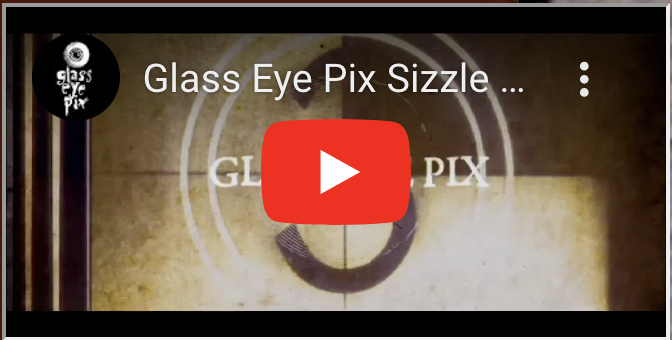
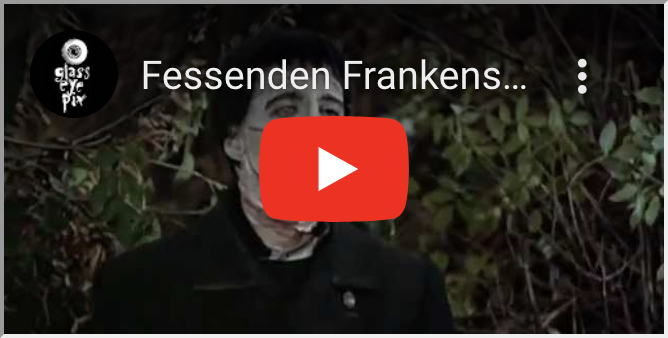
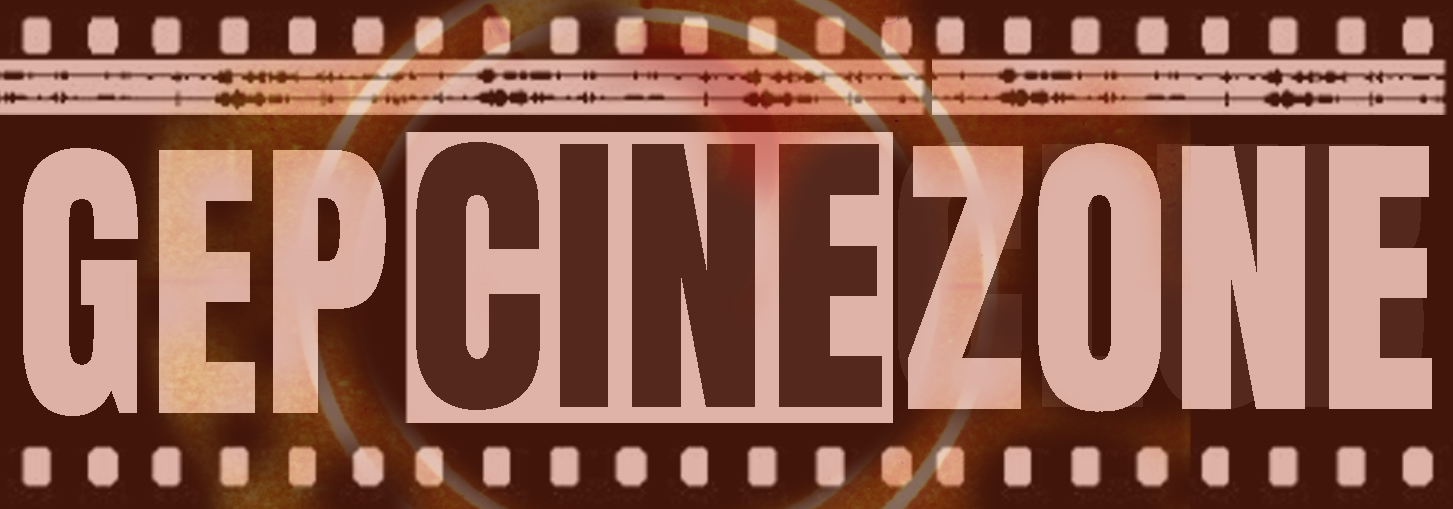


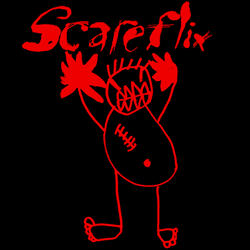
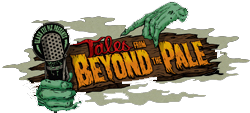
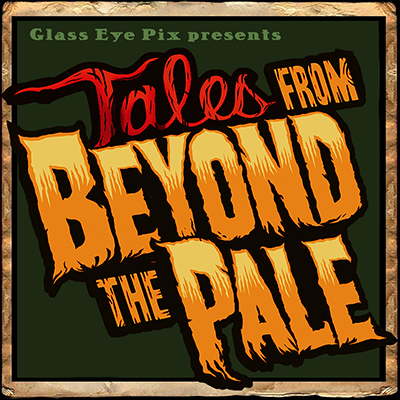
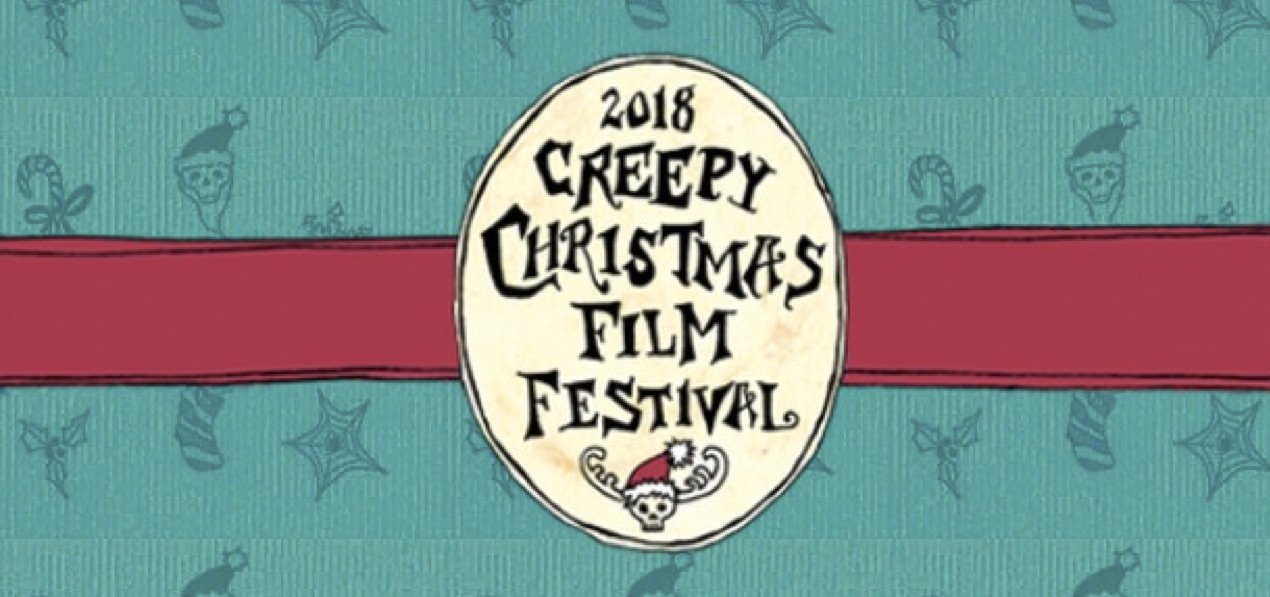
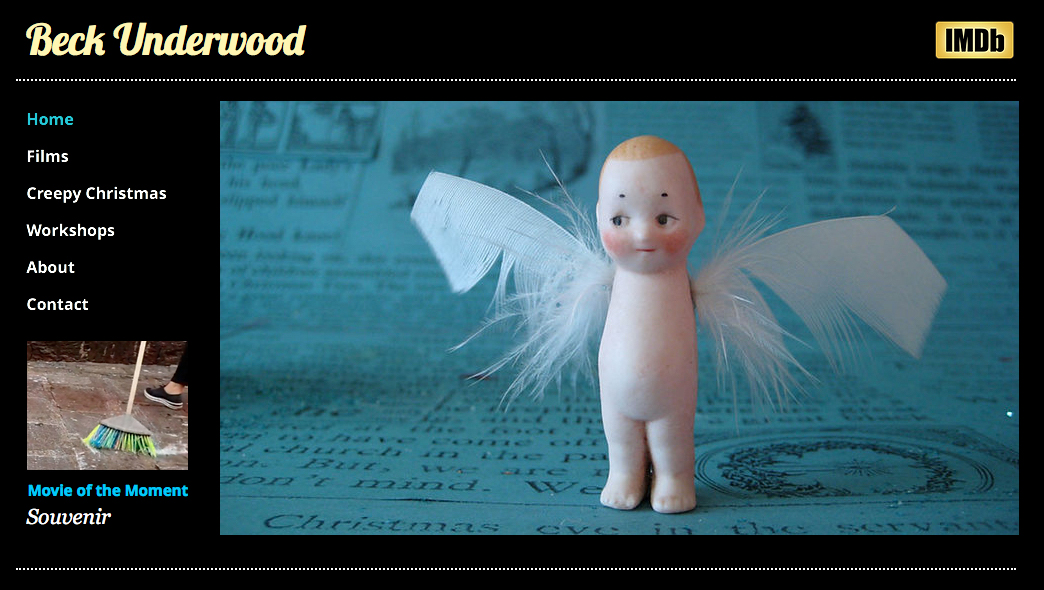
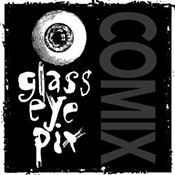





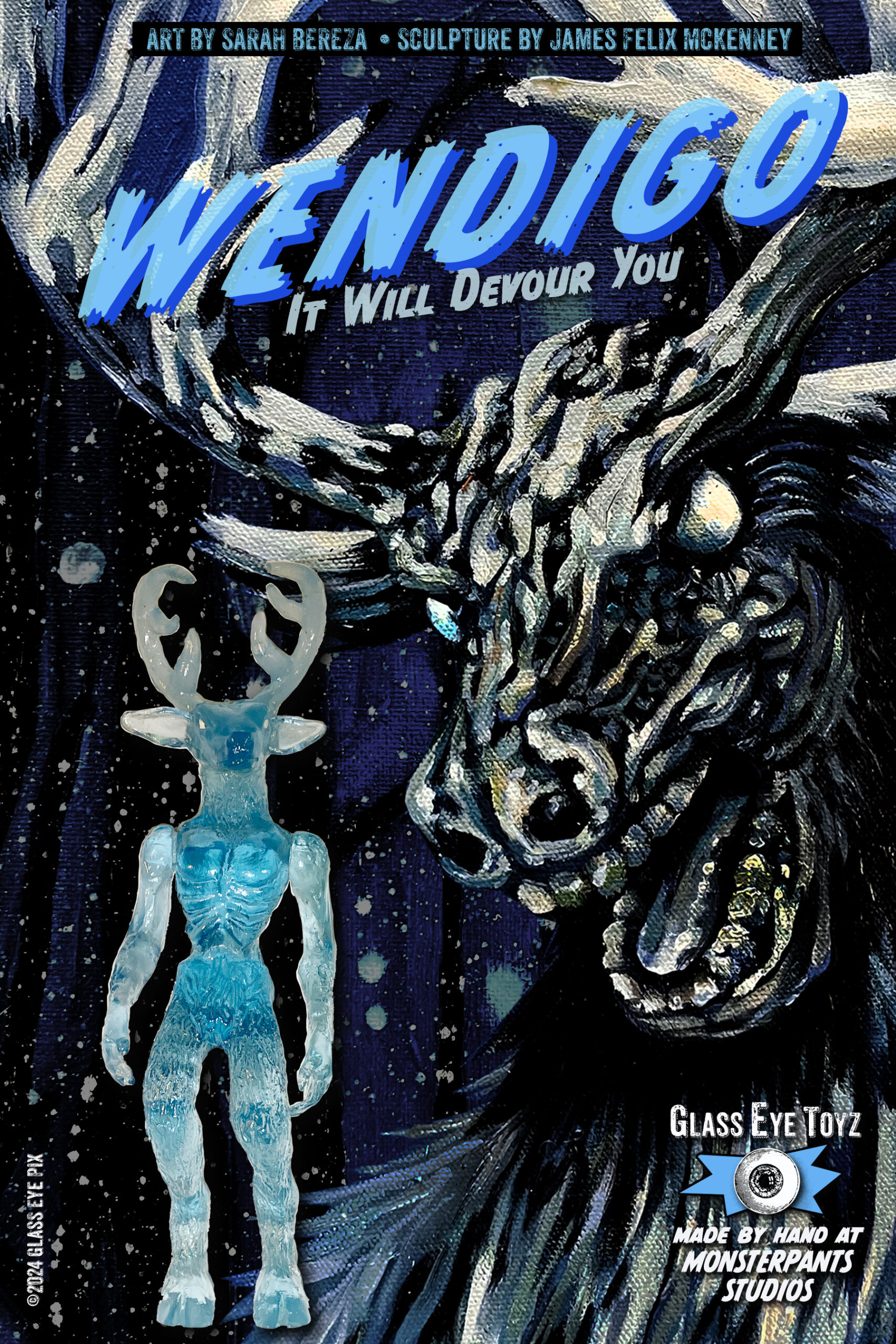
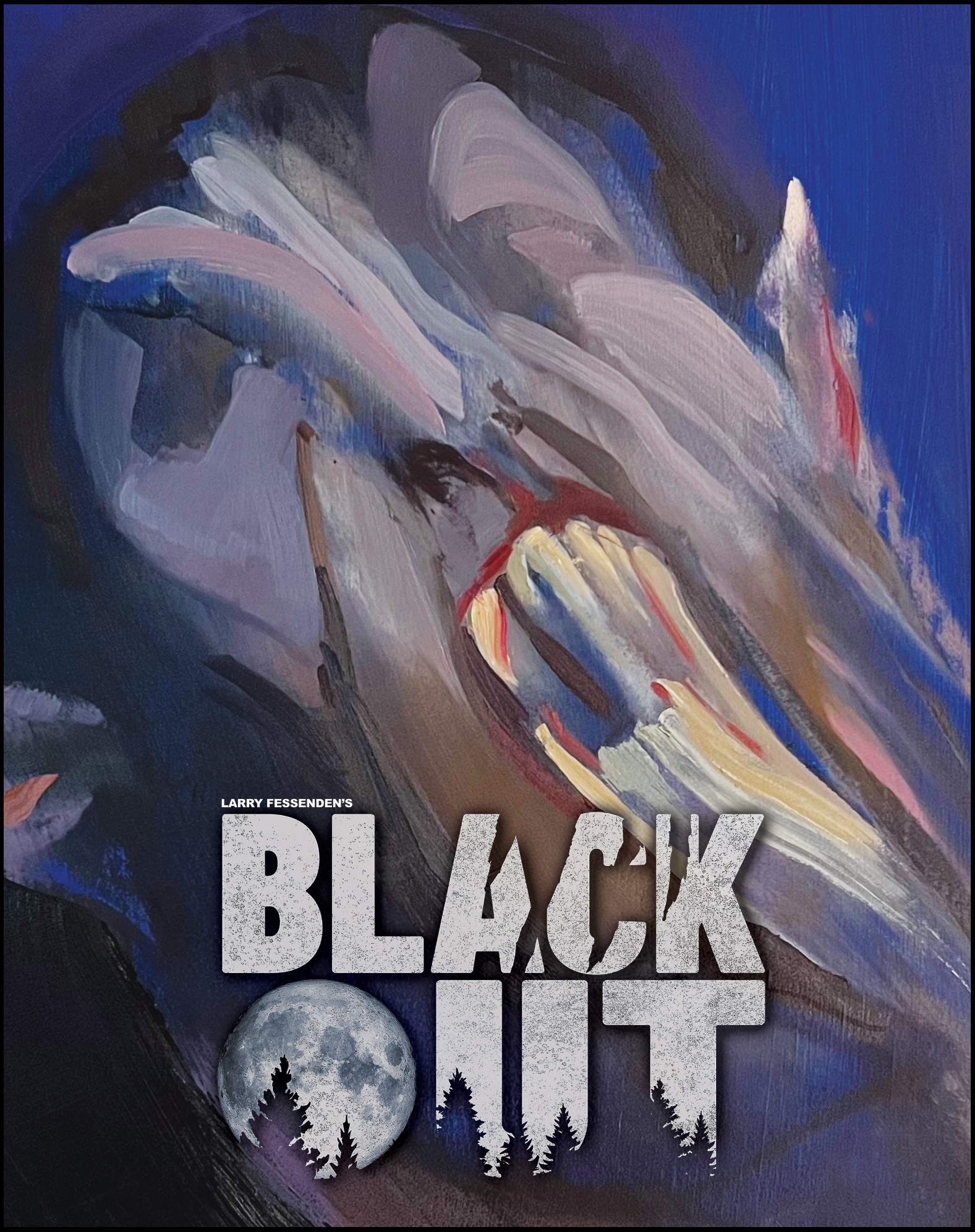
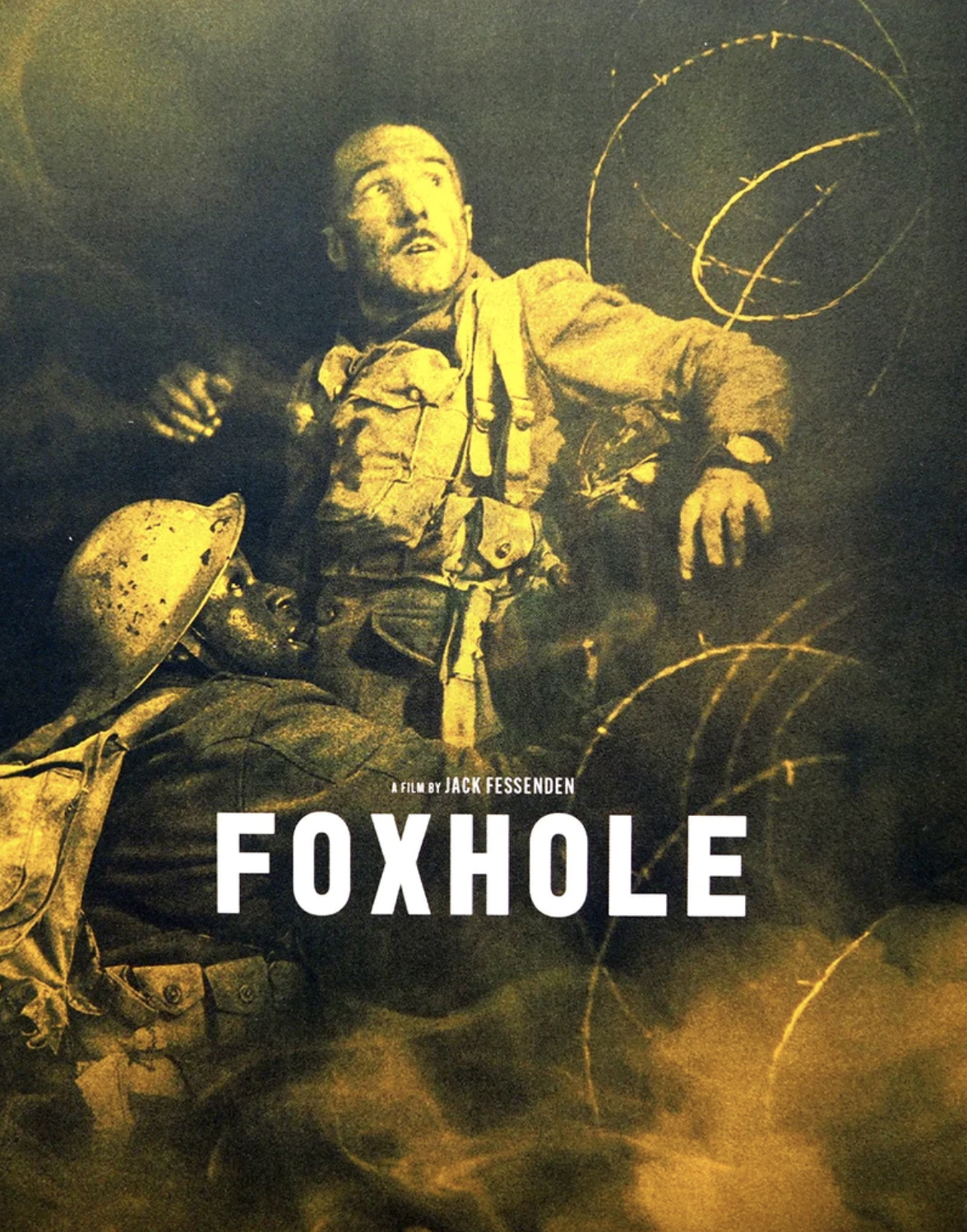
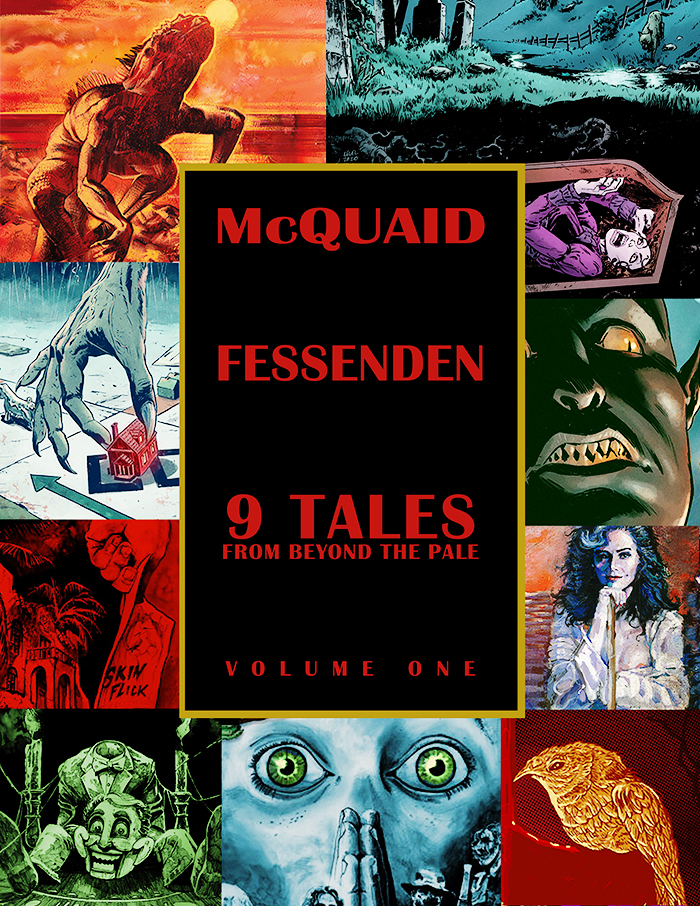
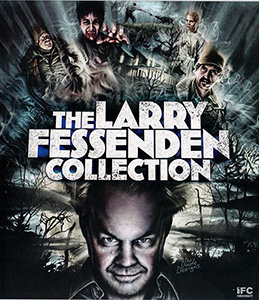
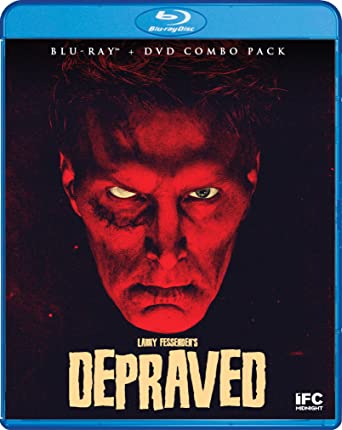
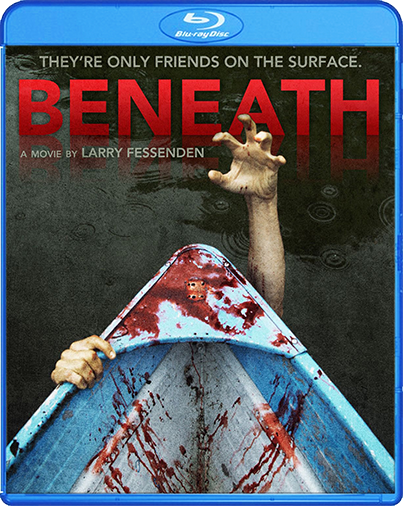
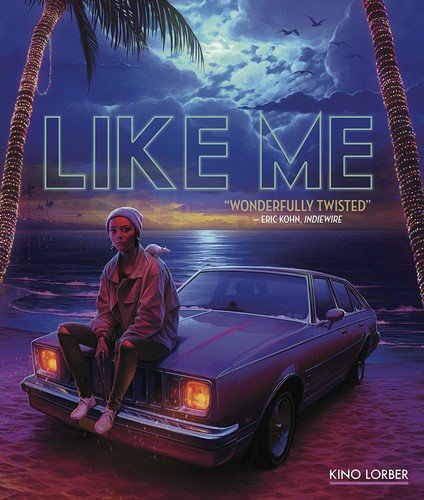
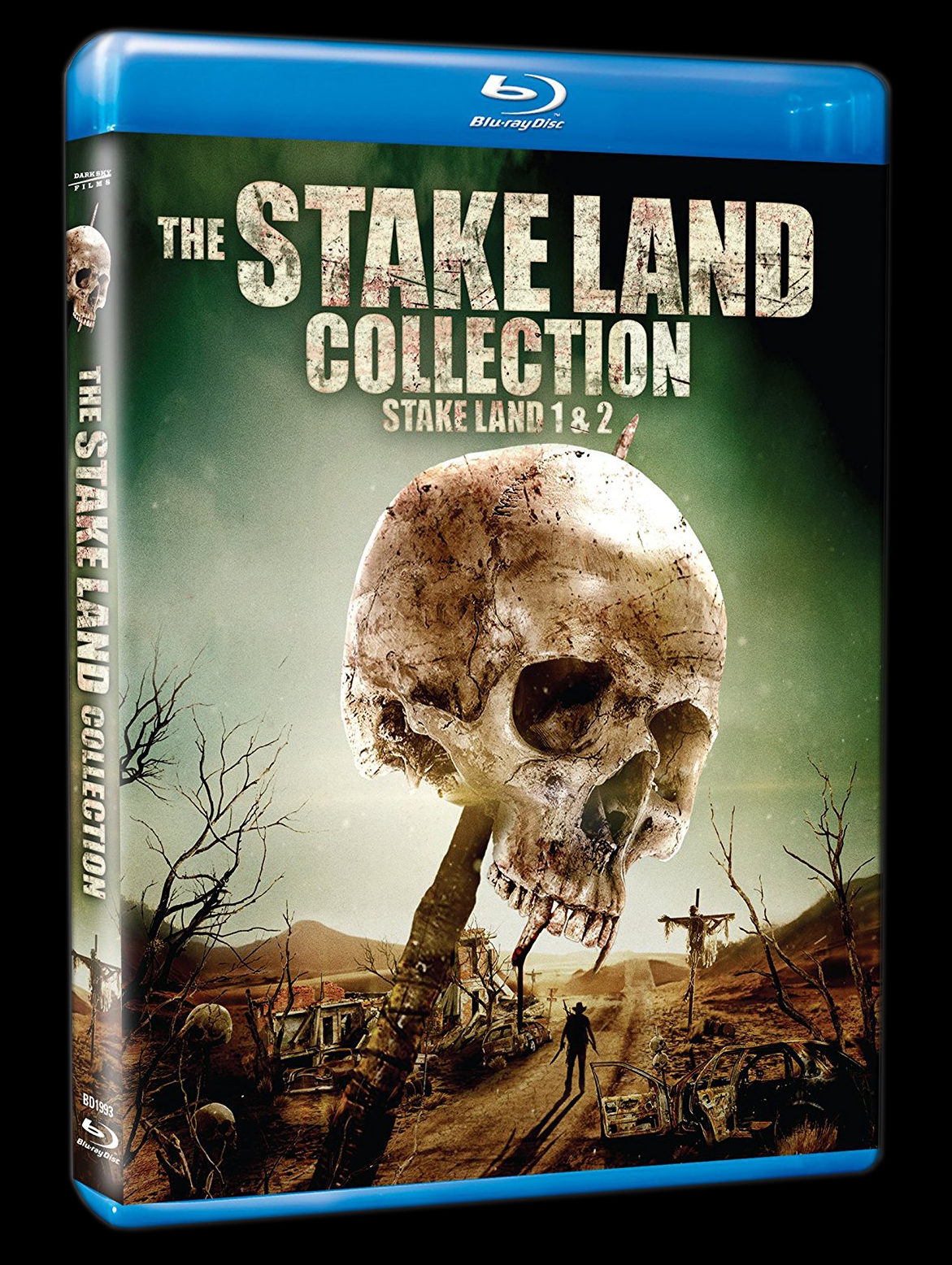
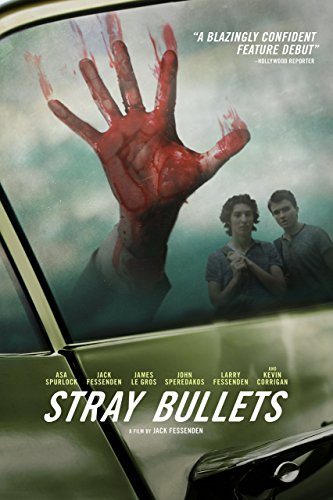
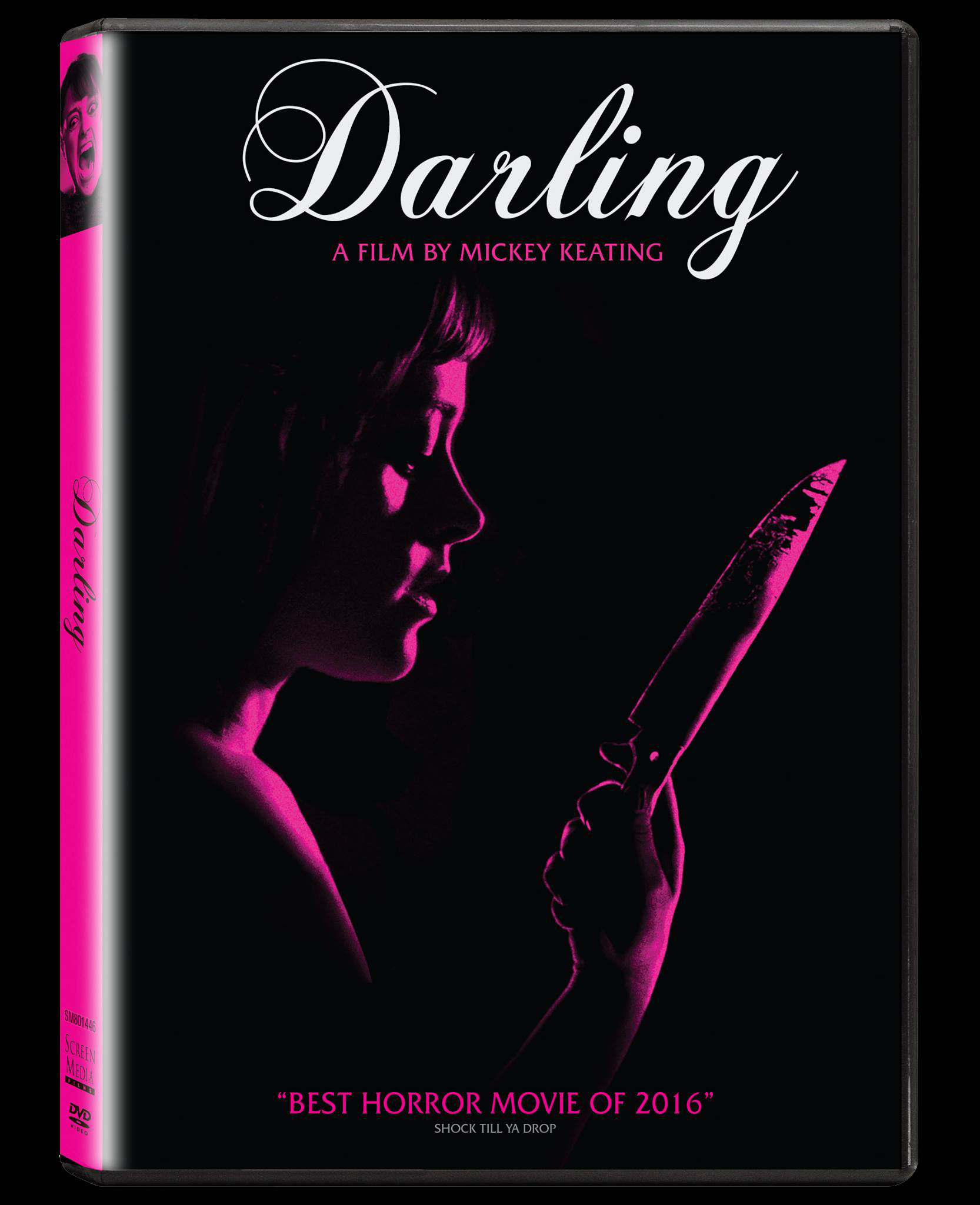
Add a comment